Summary
The area is home to a variety of fish species including smallmouth bass, largemouth bass, bluegill, and crappie. Fishing enthusiasts can enjoy fishing from the shores, docks, or boats. The area is surrounded by beautiful scenery, making it a great spot for nature enthusiasts.
Aside from fishing, visitors can also enjoy hiking, camping, and picnicking in the area. The nearby National Forests and Appalachian Trail provide great opportunities for outdoor activities.
To catch the fish species in Briery Branch Day Use Area, it is recommended to use soft plastic worms, spinnerbaits, and jigs. It is also important to fish in areas where the water is moving, such as near rocks and logs. Fishing during the early morning and late evening is also recommended as these are the times when the fish are most active.
The best time of year to visit Briery Branch Day Use Area is during the summer months, from June to August, when the average temperature is around 70-80°F. During this time, the fish are most active and the weather is warm enough to enjoy outdoor activities. However, visitors can also enjoy fishing in the fall, from September to November, when the leaves are changing colors and the temperatures are cooler.
Weather Forecast
Nearby Streamflow Levels
Angling Safety Guidelines
Check local fishing rules, seasons, size limits, and license requirements to ensure legal and sustainable angling.
Handle Fish Responsibly
Use wet hands, minimize air exposure, and release fish gently to improve survival rates when practicing catch-and-release.
Choose the Right Gear
Match your rod, line, and tackle to the species and conditions to increase success and reduce unnecessary harm to fish.
Respect the Waterway
Avoid disturbing habitat, prevent bank erosion, and keep a safe distance from spawning areas to protect ecosystems.
Keep It Clean
Pack out all line, hooks, bait containers, and trash—discarded gear can injure wildlife and degrade waterways.
Related Links
Area Campgrounds
| Location | Reservations | Toilets |
|---|---|---|
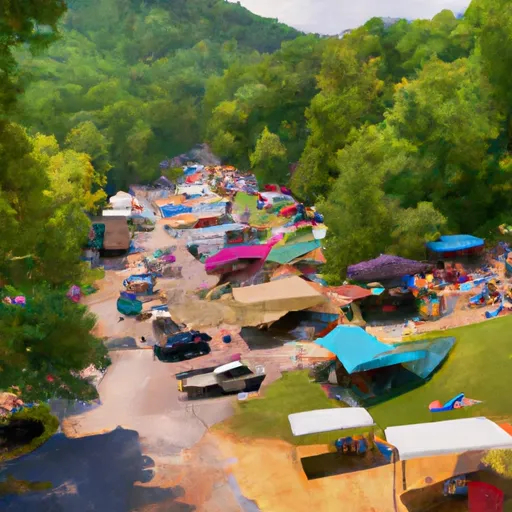 Hone Quarry Campground
Hone Quarry Campground
|
||
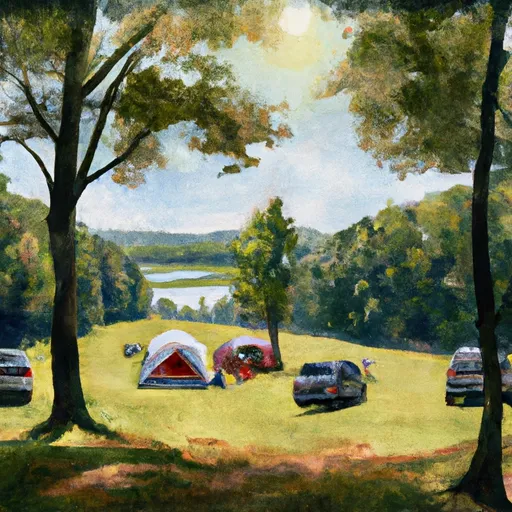 Todd Lake Recreation Area
Todd Lake Recreation Area
|
||
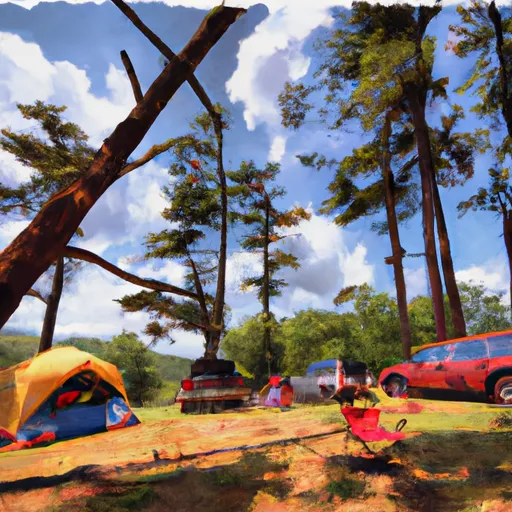 North River Campground
North River Campground
|
||
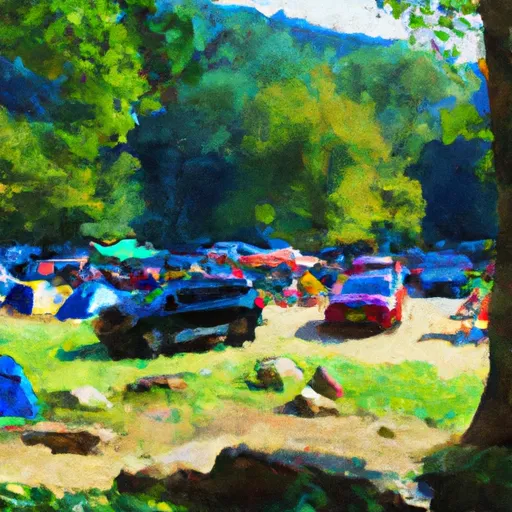 Brandywine Recreation Area
Brandywine Recreation Area
|
||
 Brandywine campground
Brandywine campground
|

 Staunton Dam Day Use Area
Staunton Dam Day Use Area
 Elkhorn Lake Day Use Area
Elkhorn Lake Day Use Area

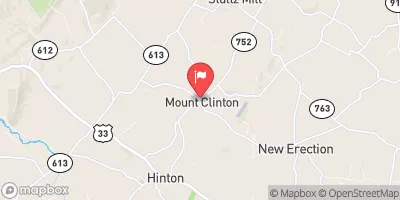

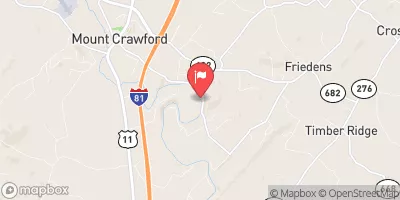


 Lower North River # 78
Lower North River # 78